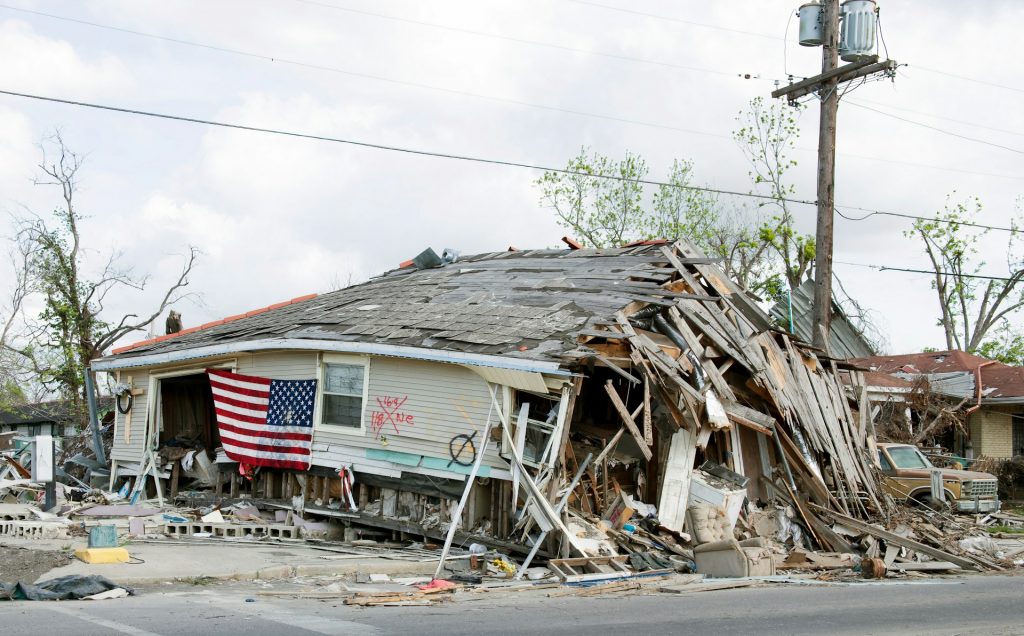Between 2020 and 2023, the price of insuring a home in the United States jumped 33%, far more than the rate of inflation. Moreover, homeowners with similar levels of exposure to storms, wildfires, and other calamities often pay very different premiums, depending on where they live. An investigation of the New York Times sheds light on the distorted reaction of American Home Insurance Market to climate change.
Inspired by a study published by Benjamin Keys of the Wharton School of the University of Pennsylvania and Philip Mulder at the University of Wisconsin – who managed to disentangle the cost of insurance from other home expenditure, enabling a previously unavailable comparison between locations – the NYT reporters Christopher Flavelle and Mira Rojanasakul started their examination from Enid, in Oklahoma. Here insurance costs more, as a share of home value, than in New Orleans, much of which is below sea level, or than in fire-prone California, or, again, than in the Outer Banks in North Carolina, where houses are slipping into the sea.
Enid’s plight reveals an odd distortion in America’s system of pricing home insurance. As a warming planet delivers increasingly damaging weather, the cost of home insurance has jumped drastically. But companies are charging some people far more than other homeowners with similar levels of risk. Industry experts offer several reasons for the disparities, including the fact that rural states have fewer homeowners to share risk, and states have varying rates of insurance fraud, which can drive up premiums.
However, another research points out that insurers in more regulated states adjust rates less frequently and by a lower magnitude after experiencing losses. State officials have the power to approve or block increases in insurance rates but not all states use that power equally. Some, like California, make it harder for insurers to raise costs; others, like Oklahoma, prefer not to get in the way of the free market.
Insurers overcome these rate-setting frictions by adjusting rates in less regulated states, consistent with insurers cross-subsidizing across states. Consequently, there can be a stark discrepancy in rates even between bordering states. For examples, noted the NYT reporters, in McCurtain County, Oklahoma, the typical homeowner paid an average of $2,837 for insurance last year. But in Little River County, Arkansas, in the same area with the same weather just across the state border, the average homeowner paid $1,673.
Another surprising finding from the investigation is that, when the cost of home insurance is distorted, the ones who are hurt aren’t necessarily just the people who pay more for coverage. Too low a cost of insurance encourages people to build, buy and live in homes in risk-prone areas. In the short term, that puts people in physical danger. In the long term, it can expose them to financial danger, as insurance costs eventually escalate or home prices fall, or both.

